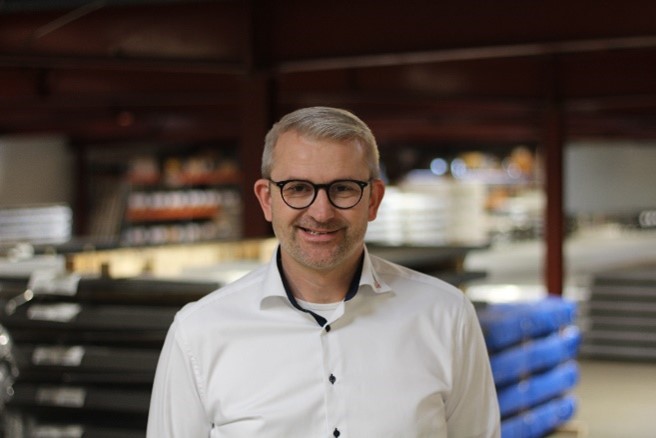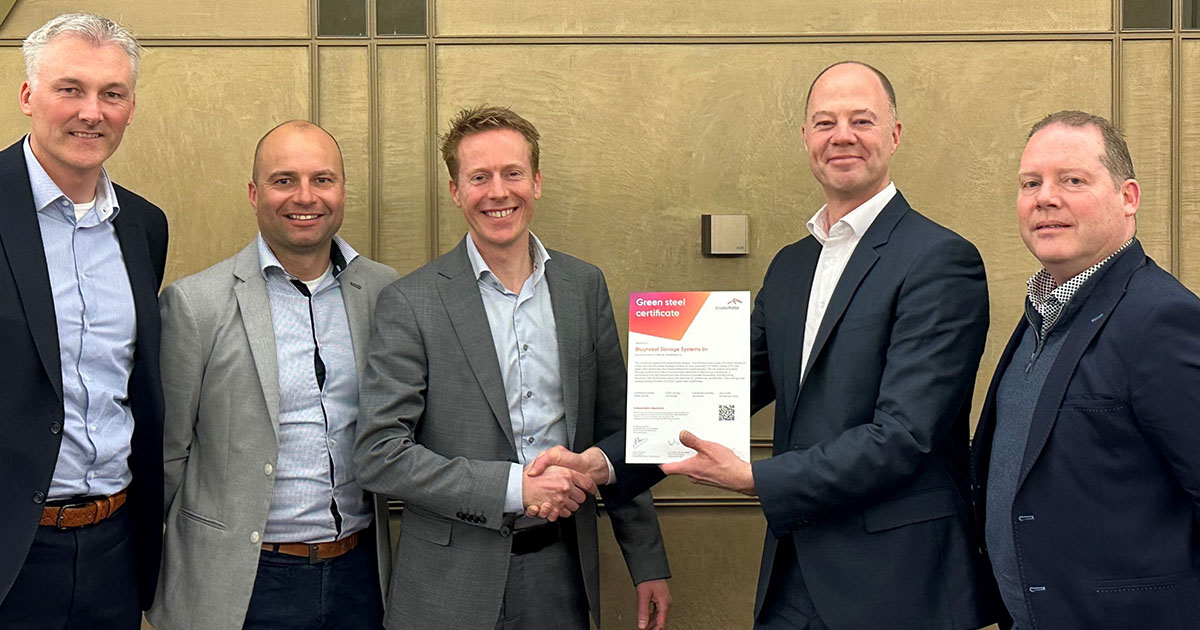As highlighted by Lars Dalgas, purchasing manager of Give Steel: “The project’s large beams in XCarb® recycled and renewably produced steel, with 333 kg of CO2 per tonne, have one of the market's lowest CO2 footprints within its category and in the desired dimensions. It is approximately one third of the CO2 footprint of the average raw material, which today forms the basis of Give Steel's EPD[1], which reads 1,050 kg CO2 per tonne for general structural steel.”
For one of the projects using XCarb® recycled and renewably produced steel, Give Steel supplies approx. 6500 tonnes of structural steel, of which 80-90% of the raw material is expected to be XCarb® recycled and renewably produced steel.
Early involvement essential
In Give Steel's purchasing department, they emphasize the importance of close cooperation and early involvement when, as a contractor and client, you want to reduce the CO2 footprint of your steel construction.
"We have been involved early in the process and have thus been given the opportunity to incorporate CO2 savings into the steel construction from the start, by laying out a plan for selecting steel mills with the lowest CO2 figures” says Lars Dalgas, purchasing manager at Give Steel.
In Give Steel, we collaborate with all our suppliers to identify raw materials and obtain CO2 documentation. XCarb® recycled and renewably produced achieves its low CO2 value because it consists almost entirely of recycled steel scrap and is primarily produced with 100% renewable electricity.
Increasing demand for CO2 reduced steel
Give Steel generally experiences increased demand for low-carbon emissions steel from climate-conscious builders. Everything is on schedule for the company, which recently committed to the Science-Based Target initiative (SBTi). In this way, Give Steel ensures that the company's climate objectives are evidence-based and in accordance with the Paris Agreement. The increasing demand for low-carbon steel thus plays a significant role for Give Steel's climate strategy, as both short- and long-term goals must ensure that the global temperature rise does not exceed 1.5 degrees. Furthermore, Give Steel's operations must be CO2 neutral by 2050.
The steel industry is generally responsible for approximately 5% of Europe's total CO2 emissions. Thus, there is a strong imperative for the steel industry to undergo a green transition. Fortunately, at the steel wholesaler Lemvigh-Müller, you can see that most steel mills are highly motivated to reduce CO2 emissions and are making substantial investments to achieve this goal.
Martin Jagd Nielsen, the Department Head at Stål, Lemvigh-Müller, emphasizes the increasing significance of sustainability in their partnership with Give Steel A/S in recent years. This pertains not only to discussions about raw materials but also to consultations about documentation requirements.
















